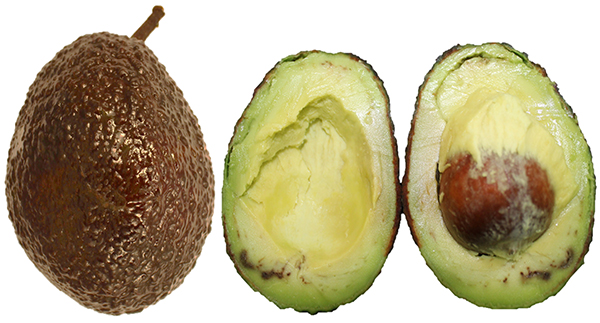FOR IMMEDIATE RELEASE
“Skin-Friendly and Wearable Iontronic Touch Panel for Virtual-Real Handwriting Interaction”
ACS Nano

It's time to roll up your sleeves for the next advance in wearable technology – a fabric armband that’s actually a touch pad. In ACS Nano, researchers say they have devised a way to make playing video games, sketching cartoons and signing documents easier. Their proof-of-concept silk armband turns a person’s forearm into a keyboard or sketchpad. The three-layer, touch-responsive material interprets what a user draws or types and converts it into images on a computer.
Computer trackpads and electronic signature-capture devices seem to be everywhere, but they aren’t as widely used in wearables. Researchers have suggested making flexible touch-responsive panels from clear, electrically conductive hydrogels, but these substances are sticky, making them hard to write on and irritating to the skin. So, Xueji Zhang, Lijun Qu, Mingwei Tian and colleagues wanted to incorporate a similar hydrogel into a comfortable fabric sleeve for drawing or playing games on a computer.
The researchers sandwiched a pressure-sensitive hydrogel between layers of knit silk. The top piece was coated in graphene nanosheets to make the fabric electrically conductive. Attaching the sensing panel to electrodes and a data collection system produced a pressure-responsive pad with real-time, rapid sensing when a finger slid over it, writing numbers and letters. The device was then incorporated into an arm-length silk sleeve with a touch-responsive area on the forearm. In experiments, a user controlled the direction of blocks in a computer game and sketched colorful cartoons in a computer drawing program from the armband. The researchers say that their proof-of-concept wearable touch panel could inspire the next generation of flexible keyboards and wearable sketchpads.
The authors acknowledge funding from the National Key Research and Development Program, Taishan Scholar Program of Shandong Province in China, Shandong Province Key Research and Development Plan, Shandong Provincial Universities Youth Innovation Technology Plan Team, National Natural Science Foundation of China, Natural Science Foundation of Shandong Province of China, and the Opening Fund of China National Textile and Apparel Council Key Laboratory of Flexible Devices for Intelligent Textile and Apparel at Soochow University.
###
The American Chemical Society (ACS) is a nonprofit organization chartered by the U.S. Congress. ACS’ mission is to advance the broader chemistry enterprise and its practitioners for the benefit of Earth and all its people. The Society is a global leader in promoting excellence in science education and providing access to chemistry-related information and research through its multiple research solutions, peer-reviewed journals, scientific conferences, eBooks and weekly news periodical Chemical & Engineering News. ACS journals are among the most cited, most trusted and most read within the scientific literature; however, ACS itself does not conduct chemical research. As a leader in scientific information solutions, its CAS division partners with global innovators to accelerate breakthroughs by curating, connecting and analyzing the world’s scientific knowledge. ACS’ main offices are in Washington, D.C., and Columbus, Ohio.
To automatically receive press releases from the American Chemical Society, contact newsroom@acs.org.
Note: ACS does not conduct research, but publishes and publicizes peer-reviewed scientific studies.






